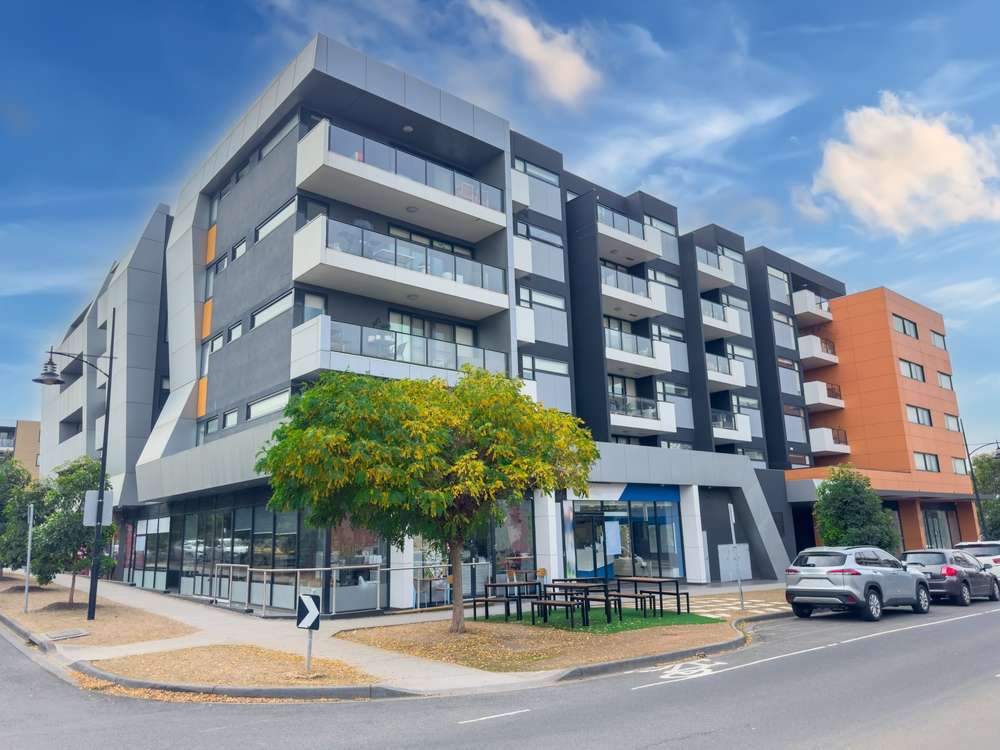New data from property consultancy LonRes suggests that 2024 ended with minimal change in prime London house prices, with many indicators barely shifting over the past 12 months.
Achieved sold prices dipped by just 0.5% across 2024, remaining 2.1% higher than five years ago but down by 6.0% on a 10-year comparison.
Minimal price movements, moderate activity
Prime London transactions in December were 7.6% lower year-on-year, yet for the full year they rose 4.9% compared with 2023. This slight uptick was buoyed by an unusually busy October, pushing 2024 sales volumes 10.0% above the 2017–2019 pre-pandemic average.
Sellers brought more properties to the market throughout 2024, with new instructions up 10.5% compared to 2023. By 31 December, prime London had 10.7% more stock listed than at the same point a year earlier.
Spotlight on the £5m+ segment
At the higher end, homes valued above £5 million have seen activity cool off. Transaction volumes in 2024 were 4.1% lower than in 2023, although still 36% higher than the 2017–2019 average. Rising supply – new instructions ended 2024 25.2% above 2023 levels – suggests growing caution, especially among overseas buyers. Concerns range from UK tax changes to London’s appeal relative to other global investment hubs.
Rentals: low growth, tight supply
Prime London rents rose by 2.5% across 2024, continuing a steady trend rather than the double-digit surges seen post-pandemic. Annual figures show lettings agreed climbed by 2.3%, and new instructions edged up 0.8%, but available rental stock decreased 12.3% compared to the end of 2023. Most constrained are properties under £2,000 per week, where supply issues persist.
Uncertain outlook for 2025
Nick Gregori, Head of Research at LonRes, says: “In short, the prime London sales market in 2024 saw marginal price falls and modestly higher activity, driven partly by a late-year push. Values are just half a percent down, with an overall 5% rise in transactions versus 2023.
“The £5m+ bracket has felt the biggest impact from recent tax changes. Supply is rising more quickly than demand in that top tier, reflecting a slowdown in overseas interest. Even so, high-value segments remain more active than before the pandemic.
“Looking to 2025, there are many external factors – including potential US policy changes – that could keep inflation high, limit interest rate cuts and temper the housing market’s recovery. At the same time, the smaller potential stamp duty savings in prime London may not prompt a rush of buyers before April.”
Gregori adds that the rental market’s 2.5% annual growth aligns with broader inflation trends, and a chronic shortage of stock, especially below £2,000 per week, continues to support rents.





